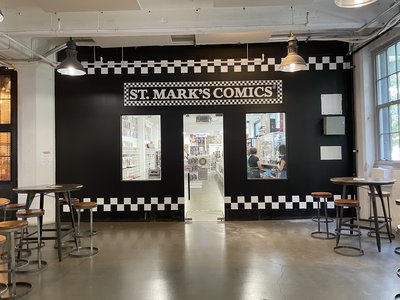Contract reneg
Dear Editor,
It is unfathomable what the city is attempting to do to over 250,000 retired city employees, as well as every person who is currently working for New York City by forcing us off of original Medicare and replacing it with a private Advantage program.
No job is perfect. When someone decides to take a city job, they realize they are making a trade-off. Working in the private sector rewards you with a higher salary, but working for the city offers better benefits, especially once you retire and are able to take advantage of the superior health insurance package and pension.
This is the sacrifice we all made when we accepted our jobs. It is unconscionable to remove this important benefit now that it is too late for us to rethink our profession.
If this new “special” Medicare Advantage program is as good as the city claims, then why don’t they allow us the option of opting into it, instead of automatically switching everyone onto it and requiring us to pay almost $200 per month in order to maintain the plan which was in our contract when we took our jobs?
Now we have two options: accept the new health insurance, which limits our choice of doctors, requires pre-authorizations, and costs us additional money for co-payments, or keep the Medicare we already have but spend about $2,300 per person annually.
This would be effectively reduce our pensions. In essence, the city is giving us a choice of which benefit we want reduced.
Needless to say, the secrecy the city utilized is a great cause for concern. This plan has actually been in the works since 2014. That was when the UFT negotiated with the city to get well-deserved raises for teachers.
The problem was the way they did it. First they took over $1 billion out of our health account fund. Next, they made a deal with Mayor Bill de Blasio and the Office of Labor Relations to cut the amount of money the city spends on our health care by $600 million per year.
Over the past seven years they secretly discussed ways to do this. Then, in spring 2021 they decided to switch our health coverage from federal Medicare to a privately owned Medicare Advantage Program. There was no discussion or opportunity for us to vote on it.
Now the city is trying to rush everything along. Originally they set a deadline of October 31st to opt out. An amazing group of concerned retirees formed The NYC Organization of Public Service Retirees for Benefit Preservation.
We have over 10,000 members and were able to hire a lawyer to fight this. Our goal is simple: do not change what is in our contract.
The city has been using the tier system for the last 48 years. Periodically, they create a new tier, but current and retired employees are grandfathered into the tier that was in effect when they were hired. This would be the obvious and fair thing to do.
Then, new employees would be able to decide for themselves if they are willing to take a job with these different retirement benefits.
Sincerely,
Lee Rottenberg
Middle Village







